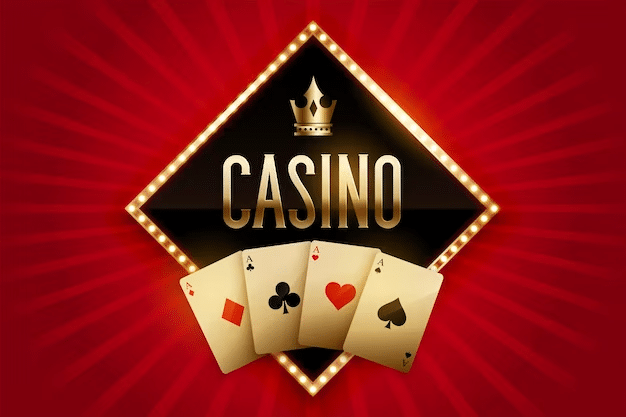
Slot machines have long held a special place in the world of gambling and entertainment. These mesmerizing devices have an undeniable allure, drawing players in with the promise of fortune and excitement. But have you ever wondered what goes on behind the flashing lights and spinning reels? In this article, we’ll take you on a journey into the intricate mechanics that power these captivating games of chance. From the basic components to the psychology behind them, we’ll uncover the secrets of slot machines and explore the reasons behind their enduring popularity.
The Anatomy of a Slot Machine
Before delving into the mechanics, it’s essential to understand the basic structure of a typical slot machine. While there are various types and designs, most slots share several fundamental components:
1. Reels
The most recognizable feature of a slot machine is, of course, the spinning reels. Traditionally, these were mechanical drums with symbols painted on them. In modern machines, the « reels » are often displayed on a video screen, but the concept remains the same. Each reel is divided into various segments, each containing a symbol or blank space.
2. Symbols
Symbols are the heart of any slot game. These can range from traditional cherries and bars to elaborate themes like ancient civilizations or fantasy worlds. The combination of symbols that appears on the reels when they stop spinning determines the outcome of each spin.
3. Paylines
Paylines are the pathways along which winning combinations can be formed. In classic slots, there’s typically one central payline, while modern slots can have multiple paylines, sometimes running in various directions. Players can often choose how many paylines they want to activate, which affects their total bet.
4. Random Number Generator (RNG)
The core of a slot machine’s mechanics is the Random Number Generator (RNG). This sophisticated algorithm generates a sequence of random numbers at an incredibly high speed, typically hundreds of times per second. These numbers correspond to the position of the symbols on the reels, ensuring the outcome of each spin is entirely random.
5. Bet Controls
Players can usually adjust their bets before spinning the reels. This includes selecting the coin denomination, the number of coins per line, and the number of active paylines. These choices determine both the potential payout and the risk involved in each spin.
6. Spin Button
The spin button, often adorned with a large, colorful icon, is the trigger for the game. Pressing it sets the reels in motion, and players eagerly watch as the symbols spin before coming to a stop, revealing the results of their wager.
Now that we’ve explored the basic components let’s delve deeper into the mechanics that make slot machines tick.
The Paytable: Understanding Payouts
Slot machines come in various denominations and offer different payout rates. The paytable, accessible to players, displays the potential payouts for each winning combination. Understanding the paytable is essential for making informed betting decisions.
High vs. Low Variance
Slot machines can be categorized into high and low variance games. High variance slots tend to have fewer but larger payouts, making them riskier but potentially more rewarding. Low variance slots, on the other hand, offer more frequent but smaller wins, providing a steadier experience.
Return to Player (RTP)
The Return to Player (RTP) percentage is a critical factor in slot machine mechanics. It represents the portion of all bets that a slot is expected to pay back to players over time. For example, a slot with an RTP of 95% will, on average, return $95 for every $100 wagered. While the RTP is a theoretical long-term average, individual players may experience significant deviations from this figure during short gaming sessions.
Bonus Features and Special Symbols
To enhance gameplay and excitement, many modern slot gacor machines incorporate various bonus features and special symbols. These elements add layers of complexity and anticipation to the gaming experience.
Wild Symbols
Wild symbols are like jokers in a deck of cards. They can substitute for other symbols to create winning combinations, increasing the chances of a payout.
Scatter Symbols
Scatter symbols often trigger bonus rounds or free spins when a certain number of them appear on the reels, regardless of their position on the paylines.
Bonus Games
Many slots offer bonus games that take players away from the standard spinning reels and into immersive mini-games. These can include pick-and-win games, free spins with multipliers, and even interactive adventures within the slot’s theme.
Conclusion
Slot machines are a fascinating blend of art and science, designed to captivate players and keep them coming back for more. Understanding the mechanics behind these gaming marvels can enhance your appreciation for their complexity while also helping you make more informed gambling decisions. Remember that while slot machines offer thrilling entertainment, responsible gambling should always be the top priority. So, the next time you step into a casino or play slots online, you’ll have a deeper appreciation for the intricate mechanics that power these beloved games of chance.







